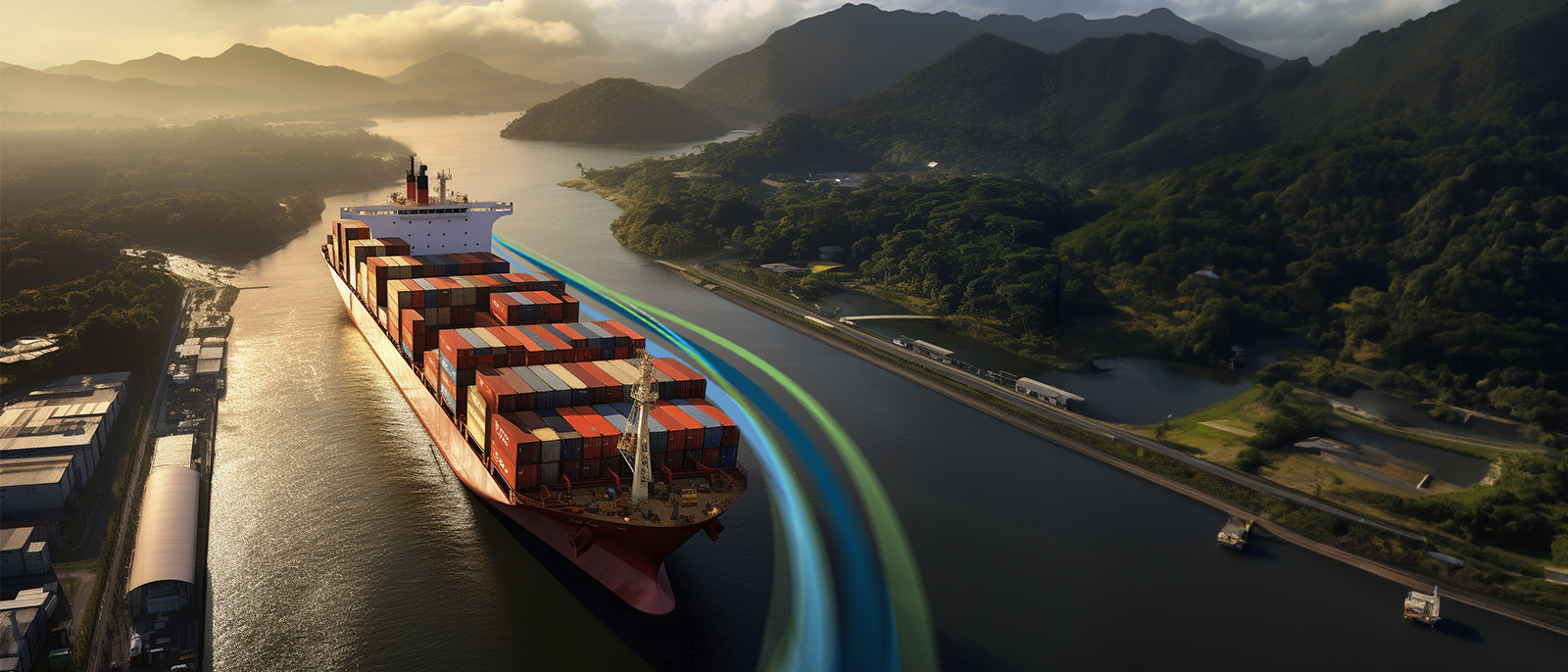Drought conditions can have significant impacts on the operations of the Panama Canal, which is a vital maritime route connecting the Atlantic and Pacific Oceans. The Panama Canal relies on a system of locks and a network of artificial lakes and reservoirs, the largest of which is Gatun Lake, to facilitate the passage of ships. Drought can affect the canal in several ways:
Water Levels: Drought can lead to lower water levels in Gatun Lake and other reservoirs that feed the canal. Reduced water levels can make it challenging for larger vessels to navigate through the canal's locks, potentially leading to restrictions on the size and draft of ships that can transit the canal.
Water Availability: Lower water levels can reduce the availability of freshwater needed to operate the canal's locks and maintain its functionality. Adequate water supply is essential to fill and drain the locks as ships pass through them.
Navigation Constraints: As water levels drop during a drought, navigational constraints may be imposed to ensure safe transit. Pilots and canal authorities closely monitor conditions and may require vessels to reduce their speed, adjust their ballast, or wait for more favorable conditions.
Scheduling and Delays: Drought-related restrictions and operational challenges can lead to delays in transit schedules. Ships may need to queue up and wait for their turn to pass through the canal, which can affect global shipping schedules and the efficient movement of goods.
Economic Impact: Delays and restrictions in the Panama Canal's operation can have economic implications for shipping companies, industries that rely on timely shipments, and global trade. Increased costs associated with longer transit times or diversions can also affect the prices of goods.
To mitigate the impact of drought on the Panama Canal, authorities typically implement measures such as water conservation, maintenance of dredged channels, and careful monitoring of water levels. Additionally, the Panama Canal Authority may impose draft restrictions on vessels during periods of low water levels to ensure the safe and efficient operation of the canal.
This is exactly what is being put in place now. The Panama Canal Authority is taking a series of steps to reduce the number of daily transits for the largest vessels using the canal as they continue to be confronted by a prolonged drought. They also warned while adjusting the reservation system that the draft reduction will probably be in place through the 2024 dry season.
Releasing its Fiscal Year 2024 Update at the end of last week, the Panama Canal Authority highlights that water levels in the Gatun Lake system which feeds that canal and provides drinking water to approximately 50 percent of the country’s population remains low. The Gatun Reservoir has fallen from a peak of over 88 feet in December 2022 to just over 79 feet as of June 2023. It has remained between 79 and 80 feet since then.
Transits will be adjusted to 31 transits per day, and while that is only a reduction of one transit on average per day, they have decided to take the reduction for the first time at the bigger Neopanamax locks which serve the largest ships, primarily container vessels and gas carriers. Previously they had highlighted that they were maintaining the larger locks at 10 transits daily while the 44-foot draft restriction already meant that the largest vessels were often required to offload boxes to be transshipped across the Isthmus. The 44-foot restriction will be maintained but in addition to reducing the number of daily transits, they are also advising that Panamax plus vessels will not be allowed to transit in the Neopanamax locks. These ships will instead need to comply with the 39.5-foot draft restrictions and transit the Panamax locks.
The change is going into effect on November 1. Since August the canal was averaging 32 transits each day, down from normal operations of 36 to 38 daily transits. The lowering of the number of transits was done to maintain the 44-foot draft, which the authority says is required by 70 percent of the ships transiting the canal. The draft is down from a peak of 50 feet before the drought restrictions.
Source: Maritime Executive
Source:
